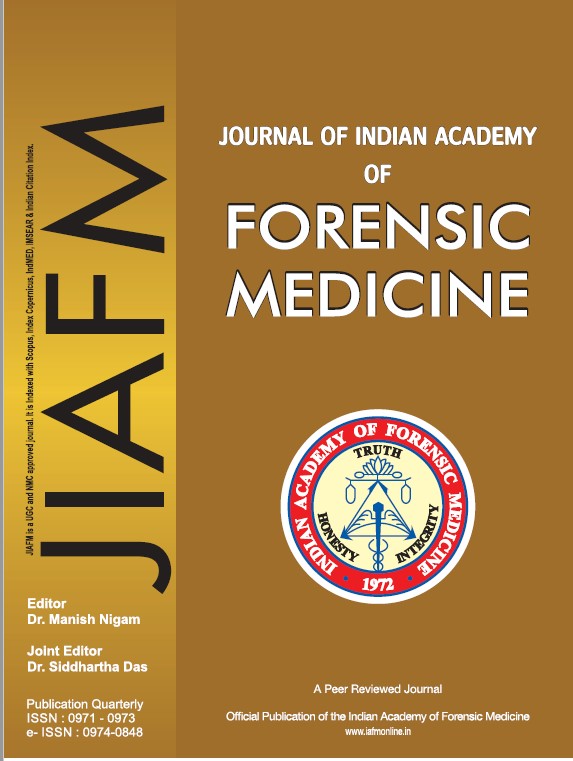The Pattern of Substance Use and Current Injecting Characteristics among People Who Inject Drugs in New Delhi: A Cross-Sectional Study
Keywords:
Substance use, Gateway drugs, Illicit drugs, Opioids, People who inject drugs, Opioid substitution therapy.Abstract
Substance use represents a global health crisis with its devastating consequences. Knowing the type and pattern of drug use, which usually varies across the countries, is indispensable in implementing tailored interventional studies among substance users, particularly people who inject drugs (PWID). We aimed to assess the pattern of substance use among PWID receiving opioid substitution therapy (OST) and to evaluate the characteristics of current injecting practice. This cross-sectional study was conducted between November 2016 to March 2018 among PWID receiving OST at a tertiary care center in New Delhi. A total of 100 PWID satisfying inclusion criteria were included, and the desired information on the pattern of substance use was collected using the interviewer-administered questionnaire method. Alarmingly, about 58% of PWID self-reported a history of injecting drug use in the preceding three months, in the frequency of twice or more than twice a day among them (n=49, 85%), despite current OST. Alcohol (51%) followed by cannabis (28%) were the most common gateway drugs. Overall, the majority of PWID used smack (Heroin) (91%) along with a cocktail of drugs like pheniramine (Avil) (91%) and buprenorphine (81%). Peer pressure (64%) was the leading reason cited for initiation of substance use. Targeted interventional strategies should also be extended to school-going children since most substance users initiate substance use with readily available gateway substances during childhood and adolescents' period. Effective implementation of the existing substance-related laws and rigorous securitization of drug sales is the need of the hour.


